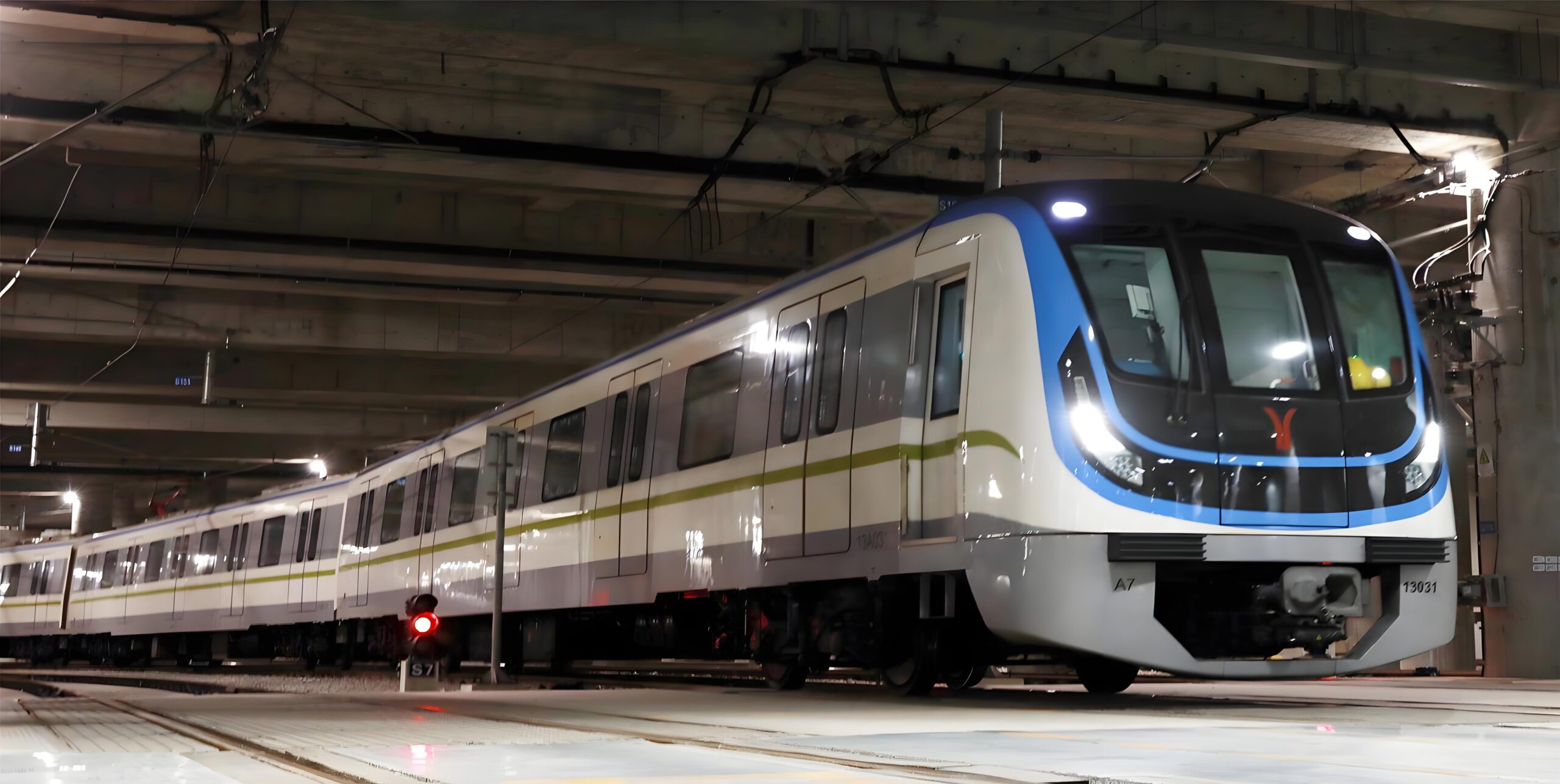The application of polyurethane adhesives in rail vehicles is not only a leap in material science, but also an important guarantee for the safe, comfortable and efficient development of the rail transport industry. With the rapid development of the rail transport industry, higher requirements have been put forward for the material performance, structural design and manufacturing process of vehicles. Against this background, polyurethane adhesives are widely used in rail transit vehicles with their unique performance advantages.
- Selection of polyurethane adhesives
In rail vehicles, the selection of polyurethane adhesives is crucial. Firstly, the adhesive properties of the adhesive need to be considered to ensure that it can be firmly bonded with various materials to meet the strength requirements of the vehicle in the operation process. Secondly, the weather resistance, temperature resistance and corrosion resistance of the adhesive need to be considered to adapt to the use of rail vehicles in different environmental conditions. In addition, the construction process performance of the adhesive, curing speed and shrinkage rate are also important factors to consider when selecting the type.

In practical application, we can choose the appropriate polyurethane adhesive according to the specific conditions and requirements of rail vehicles. For example, for the parts that need to withstand greater vibration and impact, you can choose polyurethane adhesives with high elasticity and fatigue resistance; for the parts that need to be exposed to the outdoor environment for a long time, you can choose polyurethane adhesives with excellent weathering performance.
Second, polyurethane adhesive in the application of rail vehicles
1. Carriage material bonding and sealing
In rail vehicles, polyurethane adhesives are widely used in the bonding and sealing of carriage materials. Through the selection of appropriate polyurethane adhesive, it can achieve the solid bonding between various materials inside the carriage, including glass bonding, floor bonding, joint filling and sealing waterproofing, etc. This not only improves the overall performance of the carriage, but also improves the quality of the materials. This not only improves the overall strength of the carriages, but also ensures the sealing performance of the carriages, providing passengers with a more comfortable and safer travelling environment.
2. Weld sealing
Polyurethane adhesive can also be used as weld sealing materials, especially in the body welds, skin welds and luggage compartment version of the bonding and sealing. As polyurethane adhesives have good construction process performance, good thixotropy, fast curing speed, low shrinkage, etc., they can be used to effectively seal weld seams with significant dimensional changes during the drying process and joints with high strength requirements. This not only improves the sealing performance of the weld, but also enhances the overall structural strength of the vehicle.
3. Fire safety
In rail vehicles, fire safety is an extremely important performance indicator. Polyurethane adhesive also plays an important role in fire safety. Through the selection of polyurethane adhesives in line with fire safety standards, can to a certain extent reduce the risk of fire in the vehicle. At the same time, polyurethane adhesives can also be used in conjunction with fire-resistant materials to improve the fire performance of the vehicle.
4. Shock absorption and noise reduction
Polyurethane adhesive in rail vehicles also has the function of shock absorption and noise reduction. Through the use of polyurethane adhesives in the key parts of the vehicle for bonding and fixing, can effectively reduce the vibration and noise generated in the process of driving the vehicle, and improve the comfort of passengers.

Third, the application of polyurethane adhesive cases
Take a certain type of rail transit vehicle as an example, the vehicle in the carriage material bonding and sealing, weld sealing and vibration and noise reduction are used in polyurethane adhesives. In actual operation, the vehicle has demonstrated excellent performance, which not only improves passenger comfort, but also reduces vehicle maintenance costs. At the same time, the vehicle has also passed strict fire safety tests, ensuring safety performance in emergency situations.
In summary, the application of polyurethane adhesives in rail vehicles has a wide range of prospects and important significance. With the continuous development of the rail transport industry, polyurethane adhesives will play a more important role in the bonding of materials, sealing, fire safety and vibration and noise reduction of rail transport vehicles.




